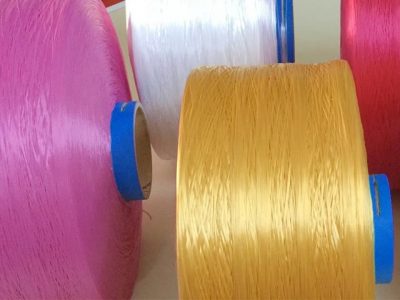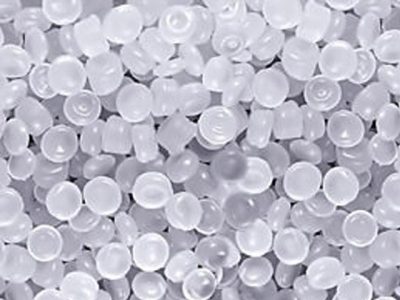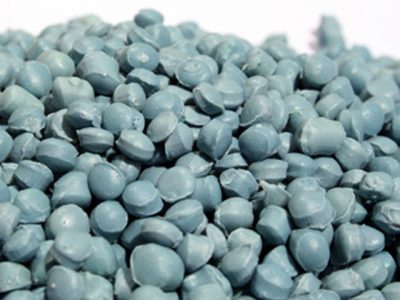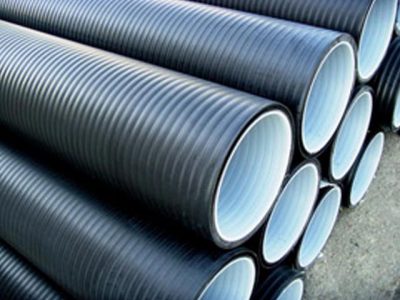Polypropylene
1-Specifications
| PP-HOMO POLYMER | ||
| Class | MCA (230C-2.16 Kg) | |
| Film | HP525J | 3 |
| ZH550J | 3.2 | |
| 1104k | 3.2 | |
| HP510L | 6 | |
| HP510L | 6 | |
| ZH515MA | 9 | |
| Fıber | 1102xk | 4 |
| 1102l | 4.5 | |
| 1101xn | 13 | |
| 1101p | 15 | |
| V30S | 16 | |
| P-I-160 | 16 | |
| 1101xp | 17 | |
| V 79 S | 21 | |
| Z30S | 25 | |
| P-Yı-250 | 25 | |
| 1101s | 25 | |
| ZH552R | 25 | |
| 1101xs | 28 | |
| HP565S | 38 | |
| Intel | X30G | 9 |
| V 30 G | 16 | |
| Z30G | 25 | |
| 1101xxs | 35 | |
| Pull from Mold | HP501D | 0.7 |
| T 31 SE | 3.8 | |
| P-F-040 | 4 | |
| P-SF-060 | 6 | |
Polypropylene is in many ways, especially in solution behaviour and in electrical properties similar to polyethylene. In addition, the current methyl group improves mechanical properties and thermal resistance while reducing chemical resistance. The characteristics of the polypropylene are dependent on molecular weight and the distribution of molecules, crystallization, type and ratio of comonomerin (if used) and isotactic. Polypropylene is resistant to strong oxidants as well as oils and almost all organic solvents. Non-oxidizing acids and bases can be stored in containers made of PP. At high temperatures, PP can be dissolved in low polarity solvents (e.g. xylene, tetraline and decal). The tertiary carbon atom is chemically less resistant to PE due to PP.
2-Production
Polypropylene smelting process can be achieved through extrusion and molding. Common extrusion methods include the production of melt-blown and curved-bonded fibers to create long rollers for future conversion to a wide variety of useful products such as face masks, filters, diapers and handkerchiefs.
The most common forming technique; Injection moulding used for parts such as cups, cutlery, flaps, caps, containers, household goods and batteries, etc. Techniques for blowing moulding and injection-stretch inflate moulding, including both extrusion and molding, are also used. Most of the end-use applications for polypropylene are usually possible due to their ability to adapt specific molecular properties and additives and degrees during their production. For example, antistatic additives can be added to help the polypropylene surfaces resist dust and dirt. Many physical finishing techniques, such as polypropylene processing, can also be used. Surface treatment of polypropylene parts can be applied to increase the adhesion of printing inks and paints.
3-Applications
Since polypropylene is resistant to fatigue, most plastic life hinges such as bottles on top of this bottle are made. However, it is important to ensure that chain molecules are routed along the hinge to maximize the strength. Very thin sheets (~ 2 – 20 µm) polypropylene is used as a dielectric in some high-performance pulse and low-lossy RF capacitors. Polypropylene is used in manufacturing piping systems; Both are designed for high purity and durability and stiffness (e.g. Drinkable plumbing, hydronic heating and cooling, and those designed for use in recycled water).
| PP-Holopolymer | |||
| Class | Mctor (230 C/2.16kg) | ||
| Fıber | T 30 G | 3.2 | |
| T 30 S | 3.2 | ||
| C 30 S | 6 | ||
| Intel | F 30 G | 12 | |
| PP-Copolymer | |||
| Class | Mctor (230 C/2.16kg) | ||
| Extrusıon | MR230C | < 0.3></ 0.3> | |
| ZR230 | 0.35 | ||
| ZB332C | 0.35 | ||
| EPD60R | 0.4 | ||
| Intel | EP440L | 6 | |
| EPC40R | 7 | ||
| EPC40R | 7 | ||
| EP548R | 21 | ||




